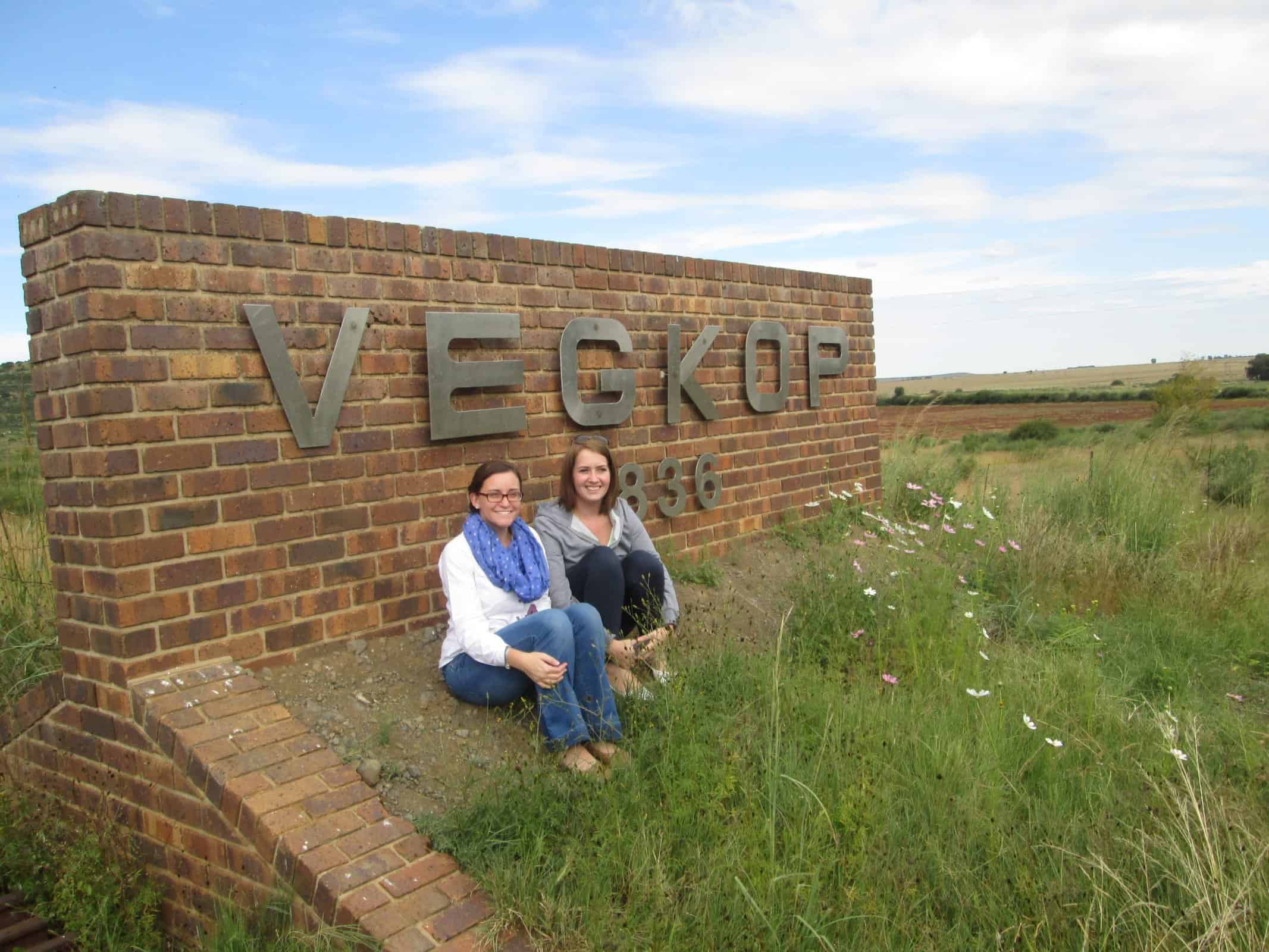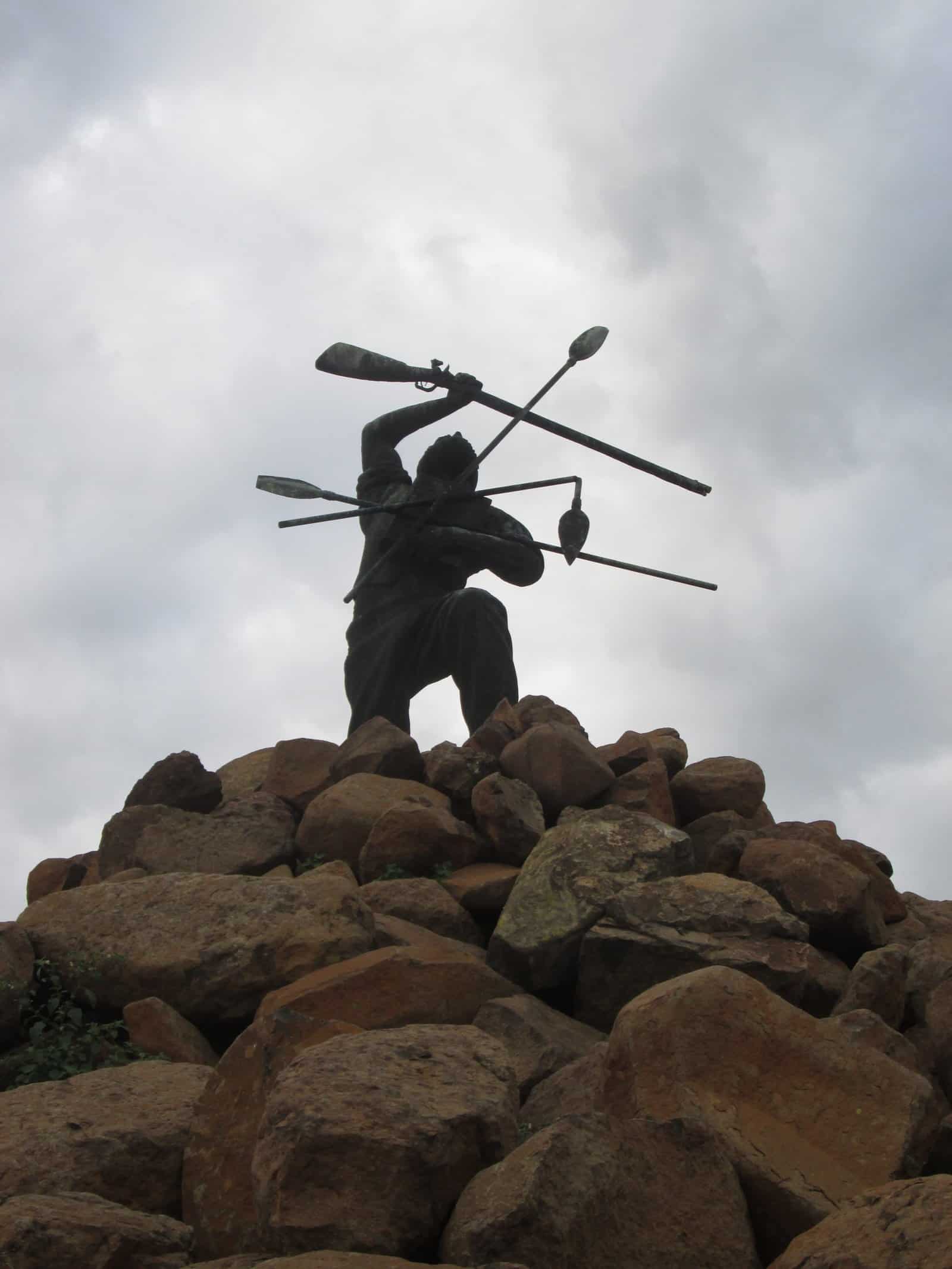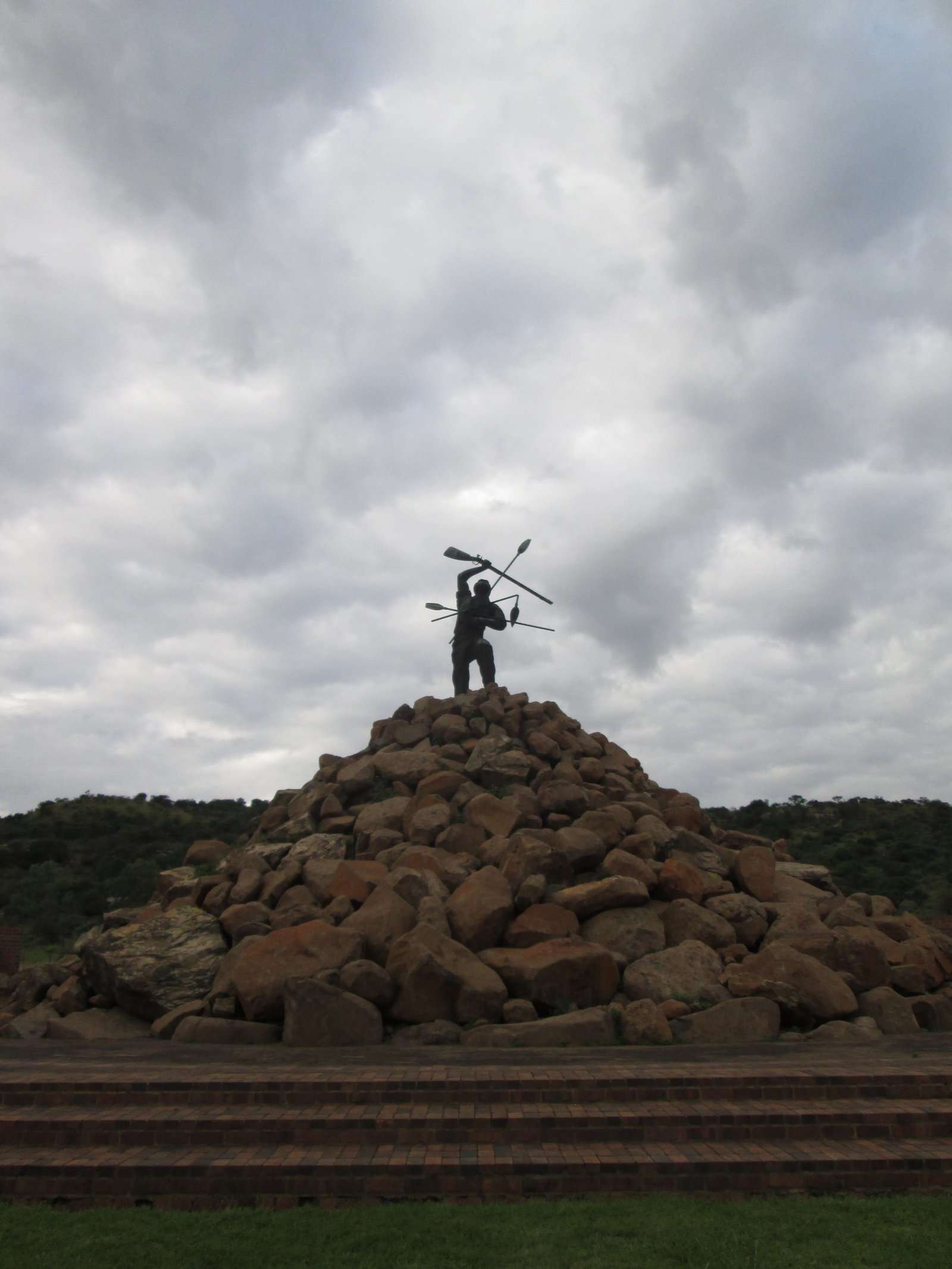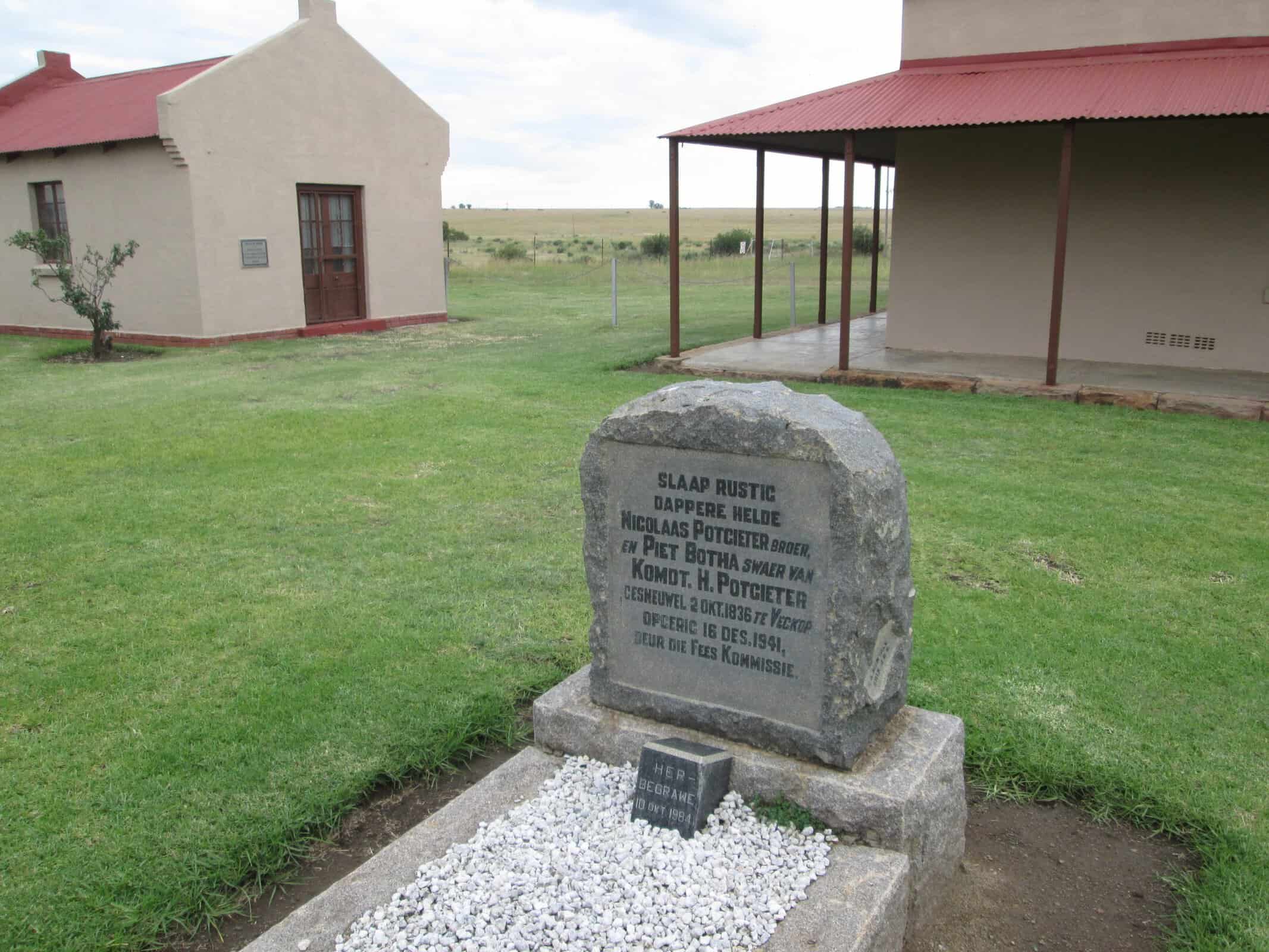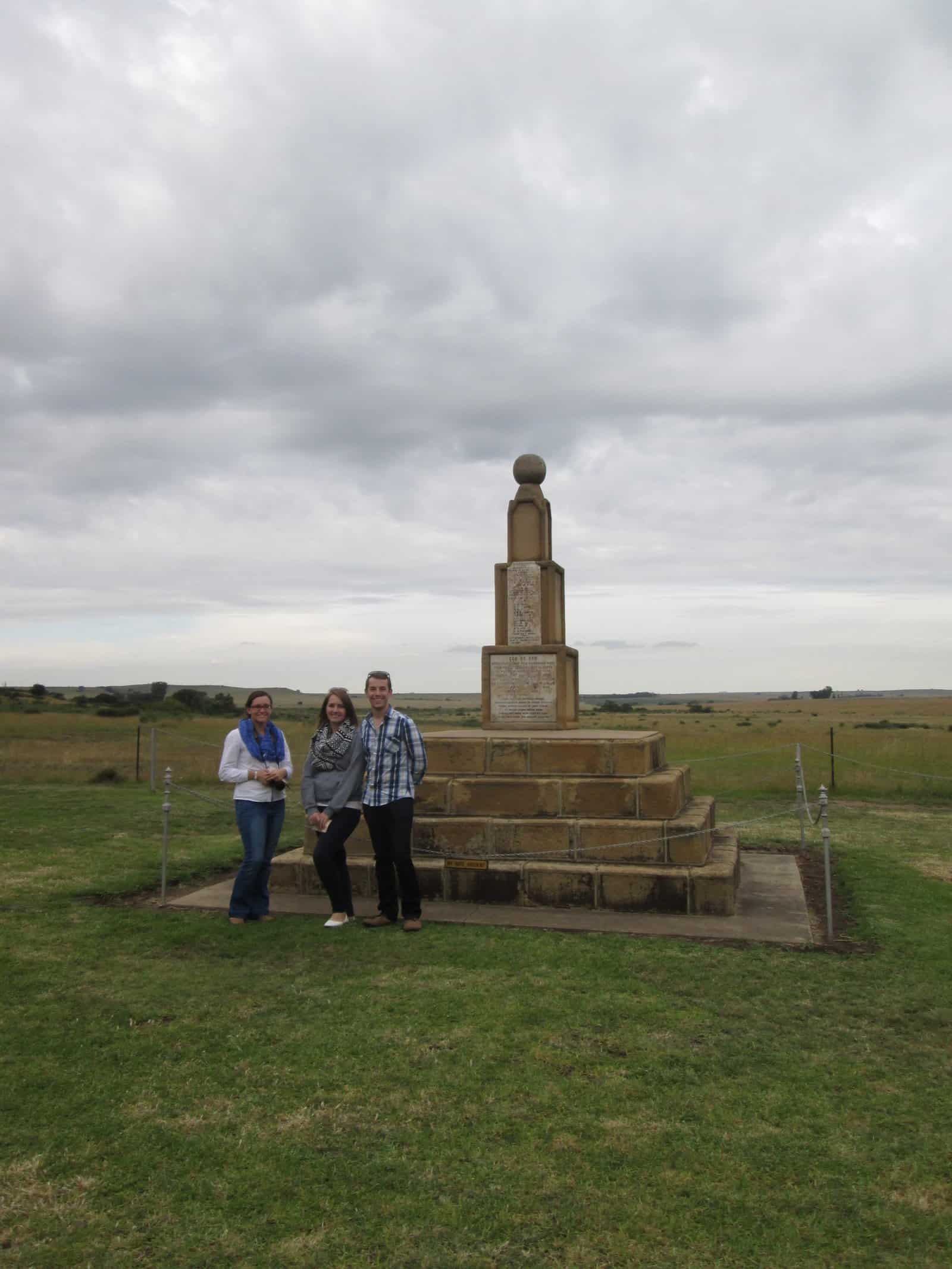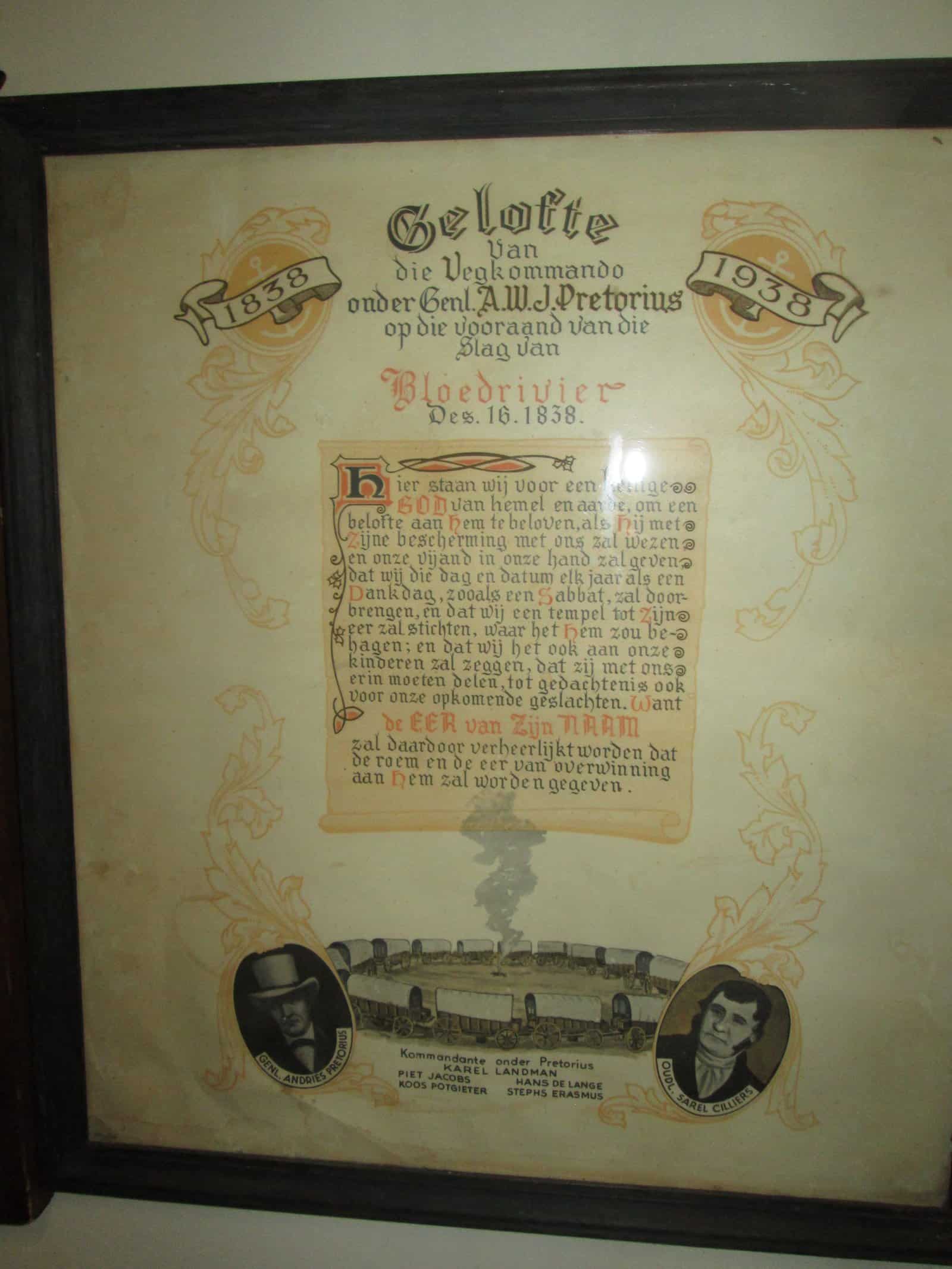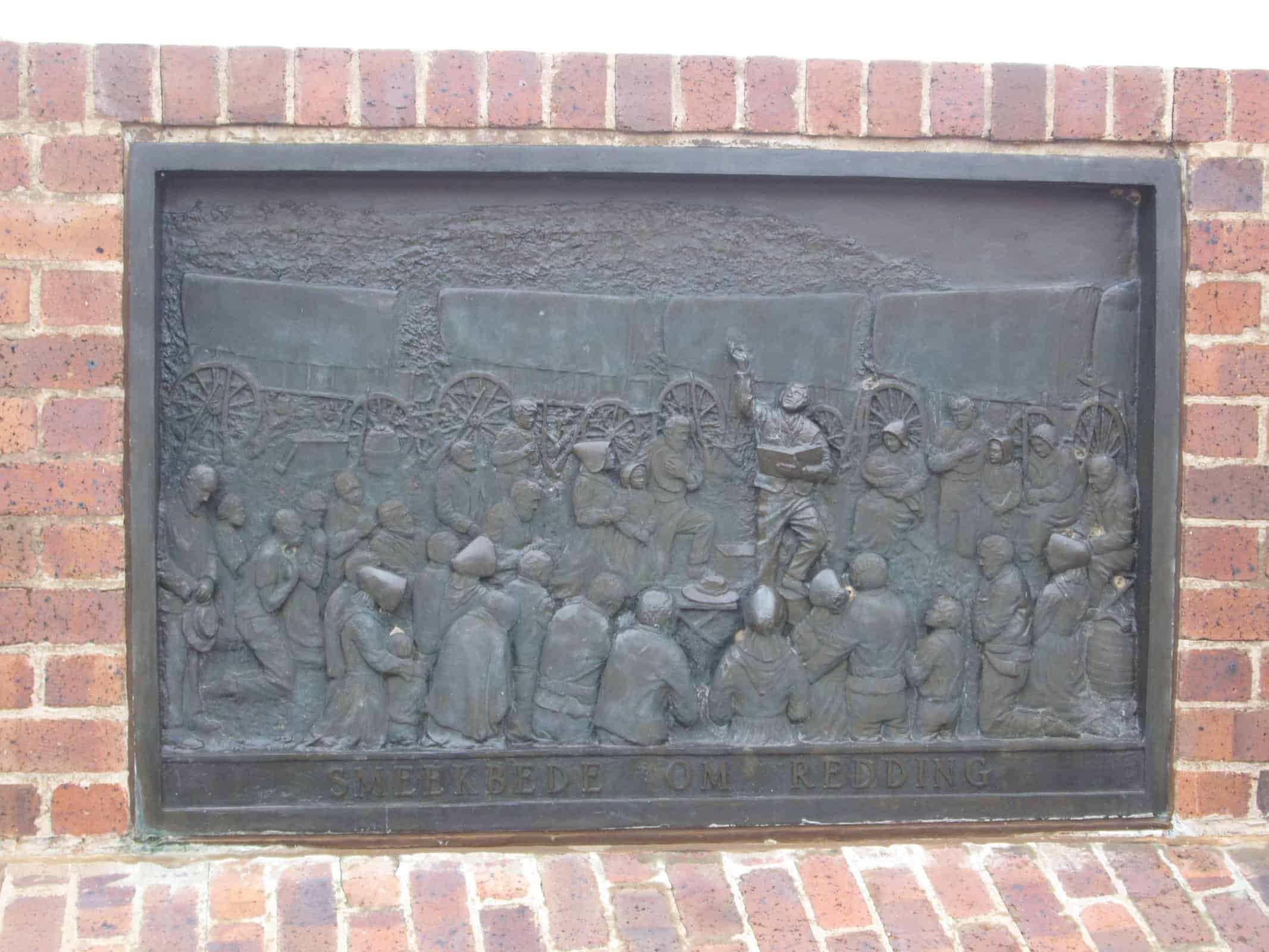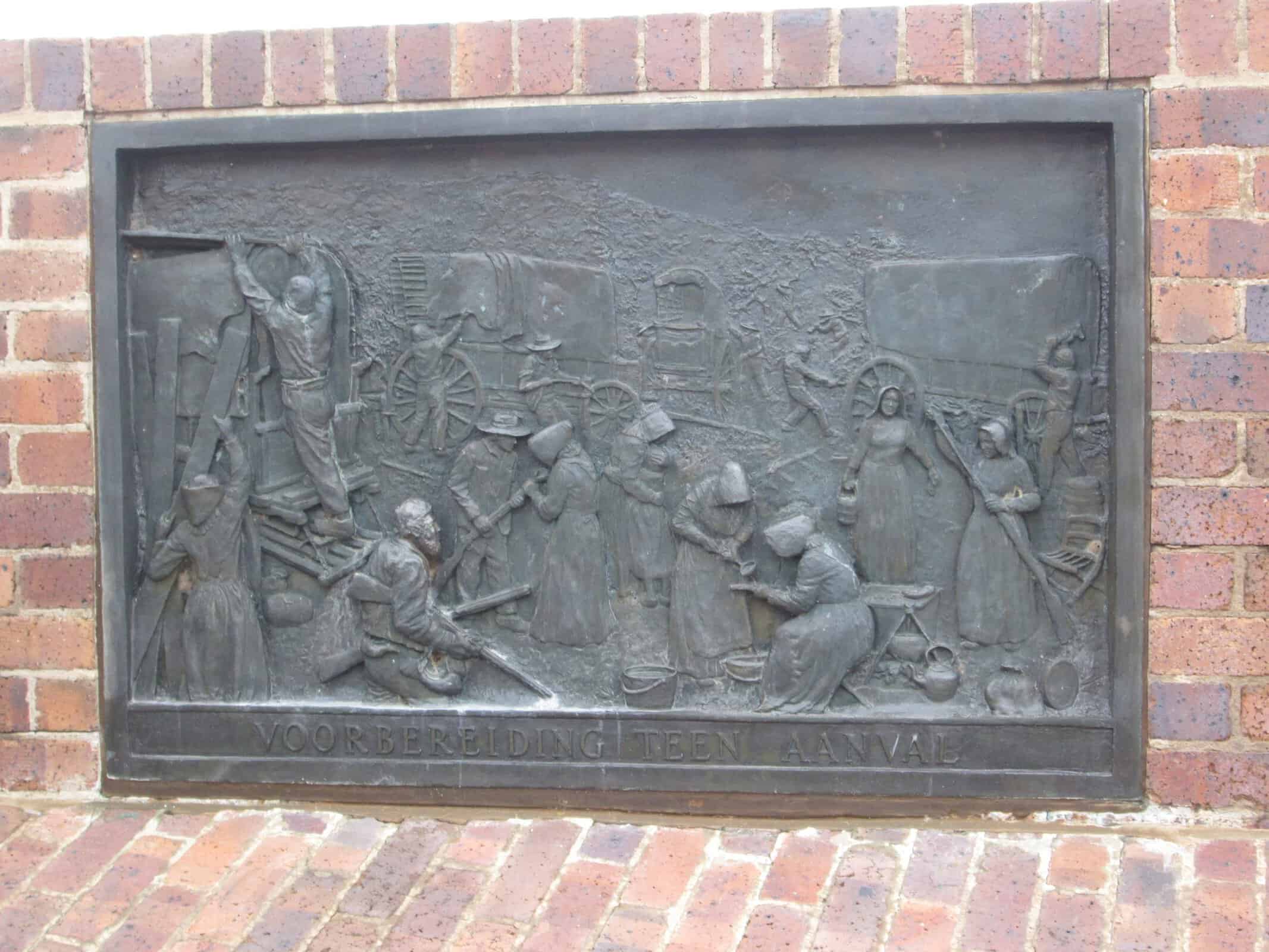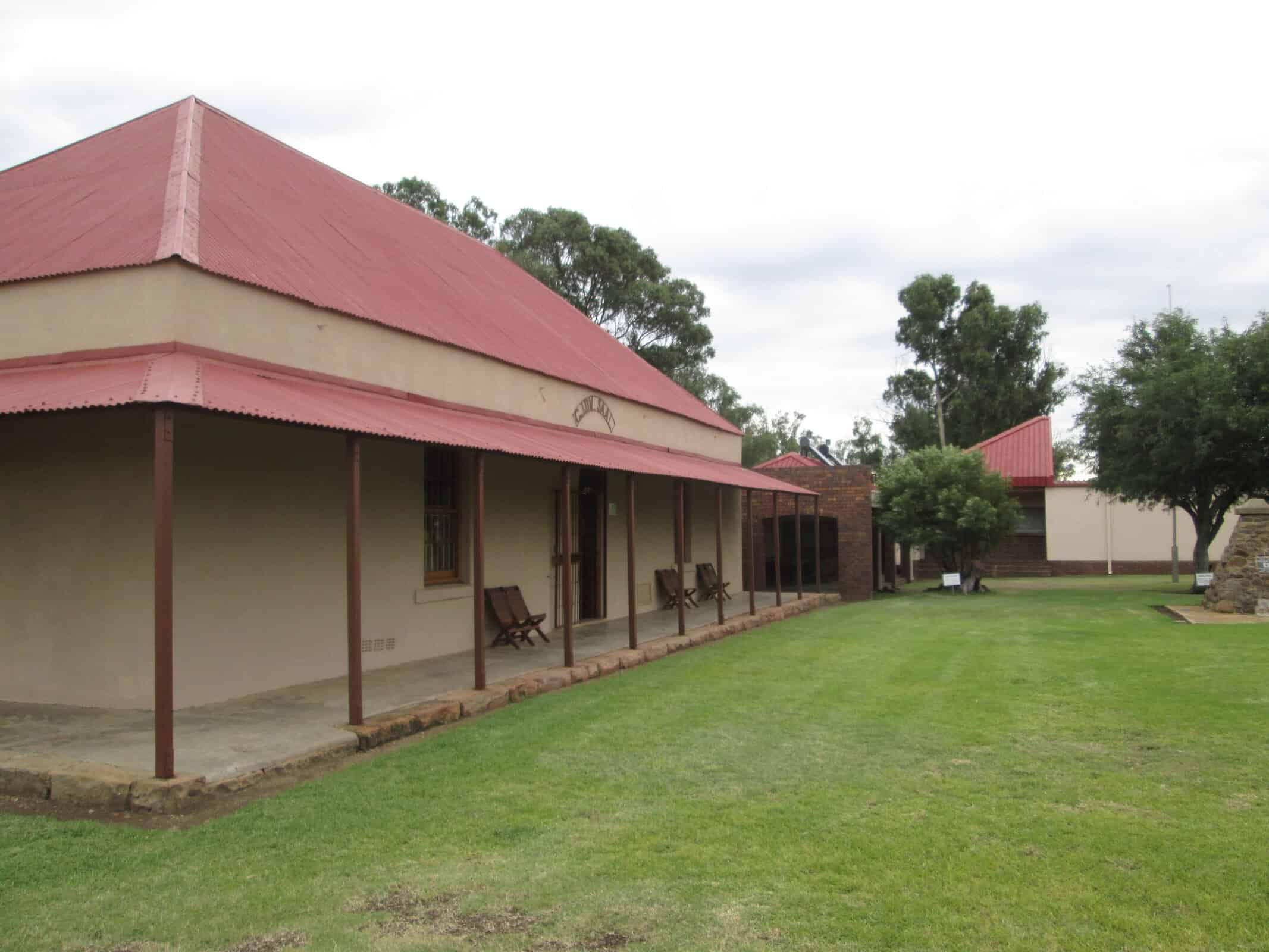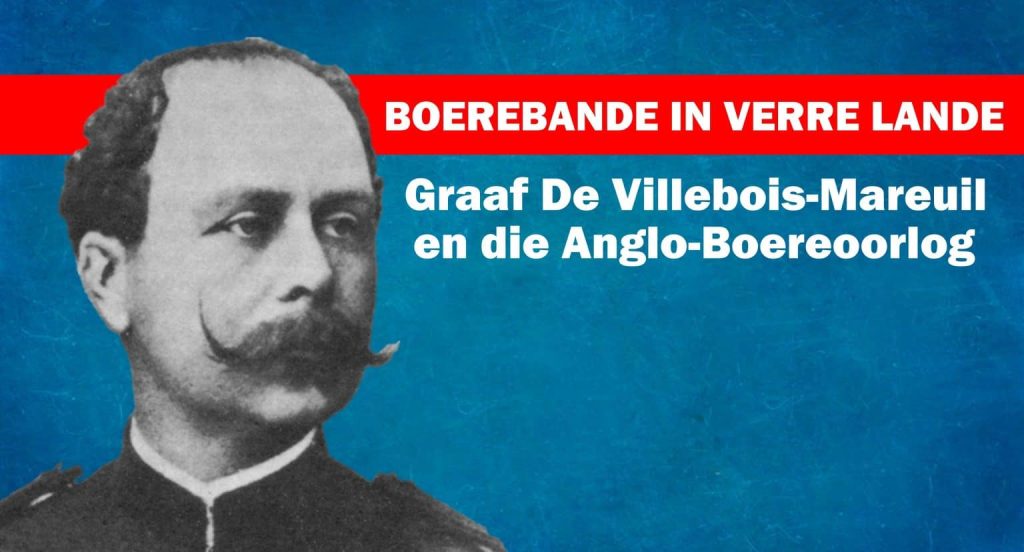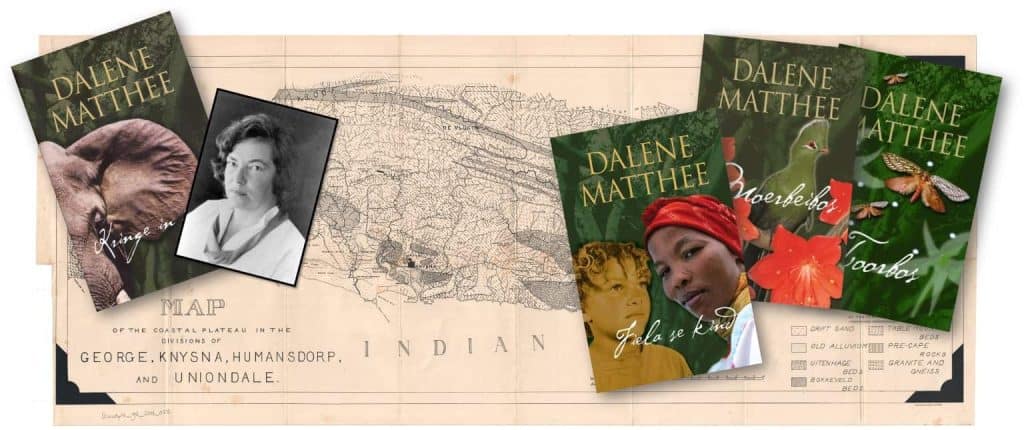Alana Bailey
In the series, Heritage Highlights, AfriForum sheds light on heritage landmarks in the country where communities step in themselves to preserve our unique cultural and historical legacy.
One of the most significant battlefields in the country, is that of Vegkop. Jasper van der Bijl, Chairperson of the Vegkop Battlefield Company’s board, tells us more about it. He has already been involved as a director at Vegkop for sixteen years, and as Chairperson of the Vegkop Geloftefeeskommissie for eight years.
Alana: Thank you for participating in Heritage Highlights, Jasper! What is the history behind the battlefield, monuments and museum?
Jasper: It is a rich history and the site offers só much, that I will mention only a few highlights:
It commemorates the Battle of Vegkop which took place here on 16 October 1836 – two years before the Battle of Blood River. Some historians consider the Battle of Vegkop to be an even greater miracle than that of Blood River. At Vegkop, a mere 34 able-bodied men under the leadership of Andries Potgieter and Sarel Cilliers fended off the onslaught of approximately 6 000 Matabele impi’s. Only two Trekkers died, while about 500 Matabele warriors were killed.
There are several monuments and graves on the site. The most famous monument with its imposing image of a man with the Bible against his chest, standing on a stone cairn, was designed by Coert Steynberg. The symbolism of the image is inspiring. One must see it for oneself! Steynberg called it his “Monument of Faith”, which embodies Ephesians 6 verse 16: “Above all, taking the shield of faith, wherewith ye shall be able to quench all the fiery darts of the wicked”. The friezes in the ring wall depict the events of the battle in detail.
The graves and memorial stone of the two fallen Trekkers, Nicolaas Potgieter and Piet Botha, are located between the Geloftefees Hall and the CDJV Hall (the museum).
There are also a number of trees on the site that have been planted over the years to commemorate special occasions. One of these is a “taaikaree”, which is symbolic of our “tough” Afrikaner ancestors.
The CJDV Hall was built in 1905 (only a few years after the end of the Anglo-Boer War) by the Christelike Jongeliede Debatsvereniging (CJDV). It currently serves as a beautiful museum that depicts our history at the time of the Great Trek. Mrs. Quarta Pretorius, one of our beloved former residents, was the “architect” of this unique attraction.
Alana: Where is the site located?
Jasper: It is 22 kilometres south of Heilbron in the Northeastern Free State, with a good tarmac road leading up to the entrance to the site. Directions can be found on Google Maps with the search terms “Vegkop Monument and Museum”.
Alana: Who owns it?
Jasper: The property is owned by the Vegkop Slagveldterrein Maatskappy (Section 21) which is managed by a community-elected board. We are totally independent of any state funding and subsidies. The state therefore has no say in our activities. We must take care of our heritage ourselves.
Alana: How did the site evolve?
Jasper: It has been used for cultural activities continuously since 1904. In 1972 Adv John Vorster, the then prime minister, announced that the battlefields of South Africa would be restored, in order to preserve our heritage. Vegkop was second on the priority list, with Blood River in the first place. The propertie belonged to the NG Kerk Heilbron-Suid and the Vegkop Geloftefeeskommissie assumed the role of the supervisory body overseeing this project. A few years before the political transition of 1994, this commission had the foresight to realise that we had to become independent from the state. As a result, the Section 21 company was established. It is currently run by a board elected by the community.
A distinction was then also made between activities related to the celebration of the Day of the Vow, and the conservation of the Vegkop Battlefield by creating an autonomous Geloftefeeskommissie and a separate board of directors for Vegkop. We already embarked on doing this for ourselves and our community in the 1980s. We also employ a full-time factotum who is responsible for site maintenance, in addition to acting as a tour guide for visitors.
Alana: What can visitors see and do at Vegkop?
Jasper: They can experience our history firsthand. Obviously, a priority is a visit to our beautiful, unique monument. Furthermore, there are the excellent exhibitions in our museum.
Every year on the 16th of December 16, we celebrate the Day of the Vow. Annually, approximately 500 people from our local community and the surrounding towns attend these celebrations.
Also of great significance are the Leghoya corbelled stone houses. The Leghoya were a pro-Tswana group that already lived here in the seventeenth century. Their corbelled stone houses can be seen on top of the Vegkop hill. The site can be reached via a hiking trail.
The site is ideal for camping or for a daytrip. In this quiet, rural environment, which is only 160 kilometres from the nearest city, we have 70 camping stands (50% with power points), as well as a braai area with a ring wall and lapa. Voortrekkers and schools regularly host camps here.
The facilities also provide for family gatherings, weddings and other celebrations, with a hall that can accommodate 500 people, kitchen facilities and cutlery. A sound system is also available.
The conference room is suitable for meetings and management teams’ work sessions. There is also an apartment that can accommodate two people.
Alana: What usually surprises first-time visitors to Vegkop?
Jasper: Firstly, the cleanliness of the site and well-maintained facilities in a beautiful, rural Free State environment. Then, of course, the heritage site with its unique monument and sacred atmosphere.
Alana: Are there any special tours or events that take place at Vegkop throughout the year?
Jasper: As has already been mentioned, our Day of the Vow celebrations take place annually on the 16th of December.
Organised stargazing groups and individuals also like to come here. According to a group that visits here regularly, next to Sutherland, the Vegkop site is the place with the cleanest “night light” in the country which makes it ideal for star photography.
Organised history tours also visit here and consider our site to be one of their highlights.
Alana: What are some of the challenges you face and what is on your wish list?
Jasper: To remain financially self-sufficient is an ongoing challenge. We need more enthusiastic involvement from our community.
On our wish list is that Heilbron and Vegkop, which are so centrally located and have so many excellent facilities, will become a priority destination for the public, and especially for Afrikaners.
We would like to see that more organised tour groups will prioritise our site as a must-see landmark and that Vegkop will become one of the historical gathering spots of Afrikaners.
Alana: How can people get involved?
Jasper: Interested parties are most welcome to contact the board and help with future planning and initiatives. Our contact details follow below.
Alana: Finally, if other communities also want to get involved with a site, monument or museum in their vicinity, what advice can you offer them, please?
Jasper: Find out what is of historical significance in your area. If there already is a cultural network, offer your help. If no network exists yet, take the initiative and start organising. We have a rich heritage of which we must remain proud, and we also have to instil pride in it in our children.
Alana: Thank you so much, Jasper. Personally, my visit to Vegkop was a highlight and I hope that I and everyone reading this interview will soon have the privilege of visiting it again. We wish you everything of the best!
Contact details
Visit the website, www.vegkopslagveld.co.za for more information or contact vegkopslagveld@gmail.com.



